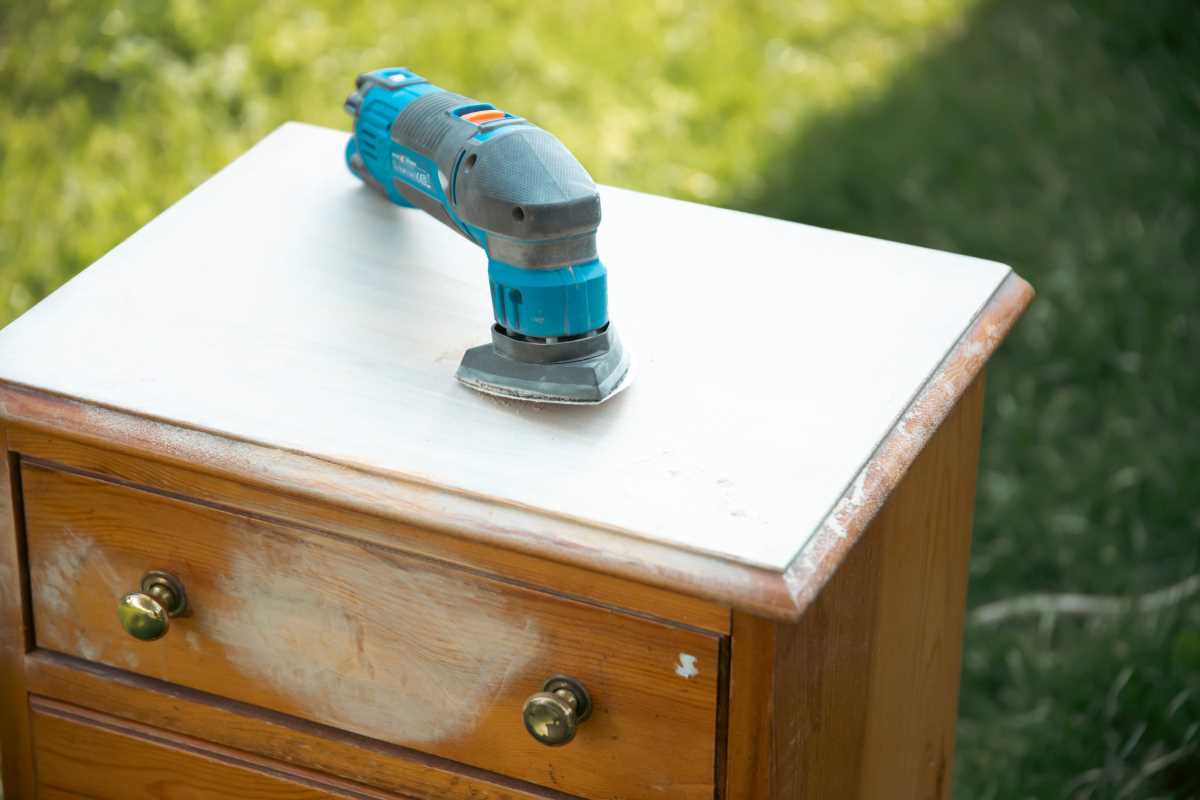A yard sale can be a fantastic way to declutter your home and make some extra cash. However, to turn a simple sale into a profitable event, a bit of planning and strategy are essential. With these practical tips, organizing a yard sale can become a smooth and rewarding experience, transforming clutter into cash and freeing up space at the same time.
1. Pick the Perfect Date
Timing is everything when it comes to yard sales. Choosing the right date can make all the difference in attracting potential buyers. Weekends, especially those with good weather, are ideal as people are more likely to be free and eager to browse. Additionally, consider planning your sale during a community event or neighborhood garage sale to boost foot traffic and increase sales.
- Average Sale Duration: 2 days
- Optimal Days: Saturday or Sunday
- Best Time to Start: Early morning
2. Advertise Widely
Effective advertising is key to a successful yard sale. Utilize multiple channels such as social media, community bulletin boards, and local classifieds to get the word out. Posting clear, attractive photos of some of the items for sale can pique interest and draw in shoppers. The more exposure your sale gets, the more likely you'll attract a larger crowd.
- Common Advertising Platforms: Facebook Marketplace, Craigslist
- Effective Ad Elements: Photos, Description, Address
- Recommended Lead Time: 1-2 weeks before the sale
3. Organize Your Items Neatly
Presentation plays a crucial role in attracting buyers. Arrange your items in a tidy and visually appealing manner, grouping similar items together. Use tables, blankets, or racks to display items at eye level, making it easier for customers to browse. Well-organized displays can make a significant difference in how quickly items sell and can help you maintain a more pleasant shopping environment.
- Display Methods: Tables, Shelves, Racks
- Best Practice: Group similar items
- Enhancement: Use clear pricing labels
4. Price Items Reasonably
Setting fair and attractive prices is essential for a successful yard sale. While you want to make a profit, remember that yard sale shoppers are looking for bargains. Price items to move quickly, and be prepared to negotiate. Offering bundle deals can also help clear out items faster and attract more buyers.
- Typical Discount: 50-75% off retail price
- Negotiation: Common in yard sales
- Bundle Deals: 3 for $5 or similar offers
5. Prepare for Negotiations
Negotiations are a natural part of yard sales, and being prepared for them can lead to better outcomes. Start with slightly higher prices to leave room for bargaining. Approach negotiations with a friendly attitude and be willing to make reasonable adjustments. This strategy not only helps in selling items but also creates a positive experience for buyers.
- Negotiation Tip: Start with 10-20% higher prices
- Typical Buyer Behavior: Requesting lower prices
- Strategy: Be open and flexible
6. Keep Change and Bags Handy
Having enough change and bags is a practical necessity for a successful sale. Ensure you have a cash box or a secure place for money, with a mix of coins and small bills. Offering bags for purchases can also enhance the buyer’s experience and help with the overall organization of your sale.
- Recommended Cash Reserve: $50-$100
- Types of Bags: Paper, Plastic, Reusable
- Change Preparation: Small denominations
7. Consider Weather Conditions
Weather can significantly impact your yard sale. Check the forecast leading up to the day of your sale and have a backup plan in case of bad weather. If rain is expected, consider having your sale indoors or under a covered area. Weather preparation ensures that you’re not caught off guard and helps maintain the flow of customers.
- Average Impact of Weather: 20-30% decrease in foot traffic
- Backup Options: Garage, Carport
- Weather Check: 1-2 days before the sale
8. Be Ready for Early Birds
Early birds are common at yard sales, and having a plan for them can be beneficial. Some shoppers might arrive before your advertised start time, so it’s good to be ready to accommodate them. While it’s important to stick to your advertised hours, allowing early shoppers to browse can sometimes lead to more sales.
- Early Bird Trends: 30% of buyers
- Preparation Time: 30 minutes before start
- Impact: Increased sales potential
9. Clean Up and Donate Unsold Items
After the sale, decide what to do with any unsold items. Consider donating them to local charities or thrift stores, which can also provide a tax deduction. Cleaning up promptly and efficiently can also give you a sense of accomplishment and clear out space more effectively.
- Typical Donation Options: Goodwill, Salvation Army
- Tax Benefits: Possible deductions
- Cleanup Time: 1-2 hours after-sale
10. Enhance Curb Appeal
Creating an inviting setup is crucial for drawing in passersby. Make sure your yard sale is visually appealing from the street. Use signs to guide people to your sale and ensure your setup looks organized and welcoming. Good curb appeal can significantly boost foot traffic and sales.
- Curb Appeal Strategies: Eye-catching signs, Neat setup
- Signage Tips: Bright colors, Clear directions
- Impact on Sales: Increased interest from passersby
These strategies can help turn a simple yard sale into a profitable and organized event. By preparing thoroughly and following these tips, managing a successful sale becomes a more manageable and rewarding task.
(Image via Pixabay)







